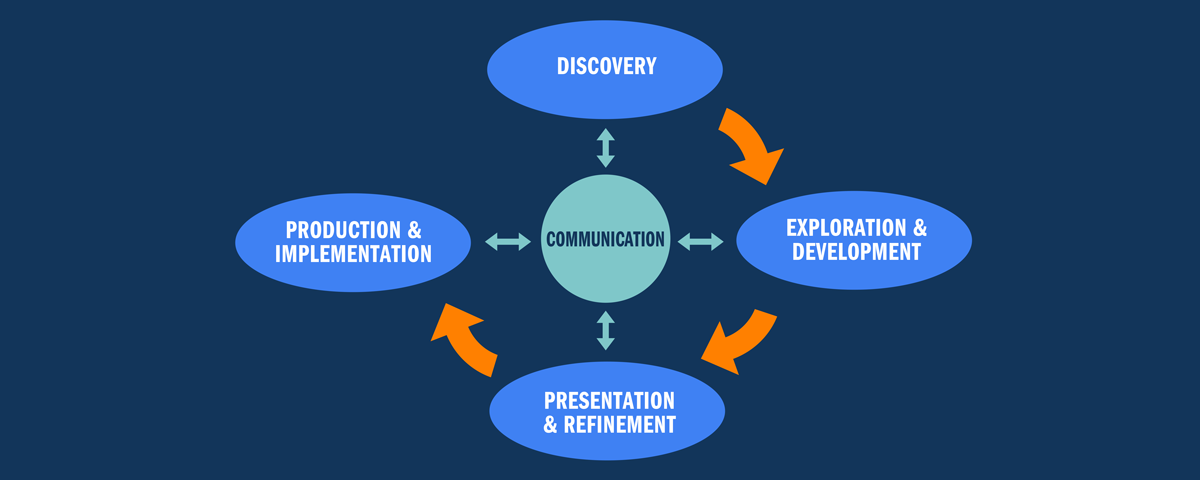Six Graphic Design Lessons that Management Needs to Know

I’ve worked with Silicon Valley companies and organizations of all sizes for the past three decades. Here are six lessons about graphic design that all companies should learn.
1. Graphic design is not just about making things pretty
The most effective graphic design projects are built on a foundation of understanding the target audience and implementing a strategy to communicate with them. Graphic design is not art but a visual problem-solving discipline. Too often, a client approaches a graphic designer with a list of preferences for color, images, typography, and so forth. However, the most important phase of building a corporate identity is the discovery phase. Knowing what questions to ask and the order to ask them is key to understanding what you are designing and for whom. The research and discovery process (and there are more than 100 methods) will define the problem and guide the design process.
2. Graphic design is an investment in a strategic partnership
Engaging a graphic designer is one of the most important business decisions that a company can make. The right partnership will lead to a collaboration that builds the best bridge between customers and the company. And like any structure, it requires maintenance and refinement over time. If you build the bridge together, you will know where and when work is required to keep traffic flowing. Trying to find a strategic partner by price alone is self-defeating and myopic because it ignores the reality that graphic design is dynamic, ongoing, and a critical investment for any company.
3. Too many cooks in the kitchen spoil the design
There is no denying it: too many people trying to guide a design project will steer it off course. The objective of a professional graphic designer is to use the insights gained during discovery and research, extensive experience with clients and projects, creative intuition, and understanding of the marketplace/industry trends to develop the most effective solution. Too often management will get too involved in the details and try to guide the process based on personal preferences, groupthink, or other factors inconsistent with the findings of the discovery phase. Professional graphic designers regularly lament projects that have been sabotaged or derailed by well-intentioned clients.
4. Graphic design is an important differentiator
Despite the fact that the business world has long known the value of graphic design (think Apple, Nike, Oxo, Crate & Barrel, Target), many businesses are launched with little or no concern for design. The most successful companies know that design is a competitive edge: it seems intangible, but it adds to brand equity and profit.
5. Your website’s homepage is your doorstep to the world
Yes, a company is much more than just its website, but it begins there. Today, your homepage is your “front door.” That means making the door as inviting and understandable as possible. It does not mean piling all of the home’s furniture and decorations at the door. The goal is for the visitor to open the door and discover a helpful product or service. A website should communicate clearly, have information well organized, and be easy to navigate. Good design creates websites that instantly evoke credibility and dependability among visitors.
6. Graphic design and branding are different but inseparable
Graphic design is the process that creates a logo/identity system and collateral (like a website or brochure) for a company. These are tangible things that you can see or touch. Branding is intangible: it’s what consumers think of or how they experience your company. Although design and branding are different, they are inseparable because good design leads to successful branding. Through the right blend of color, images, typography, white space, and implementation of design principles, the essence of a brand is evoked by its design.
This is the second of a series of blog posts on how we “get it right the first time” for our customers. Subscribe to our blog and stay tuned!
Alexander Atkins is Design Director of RolloutSF.com.
